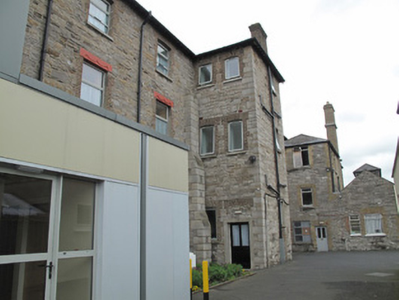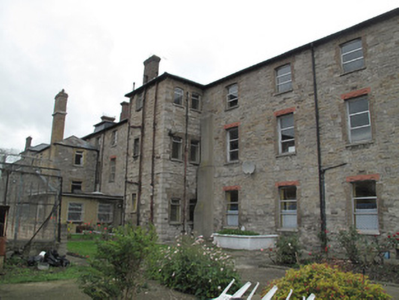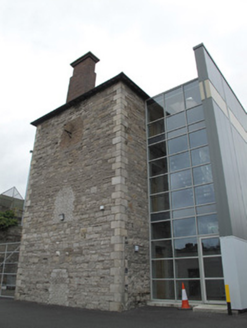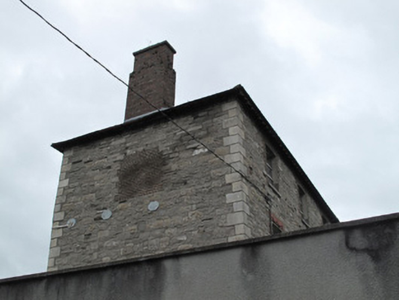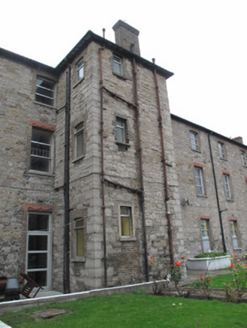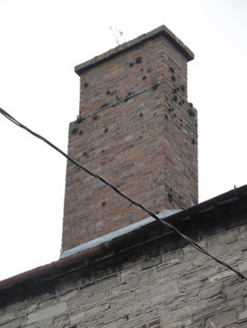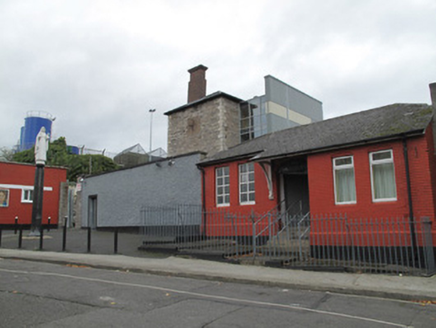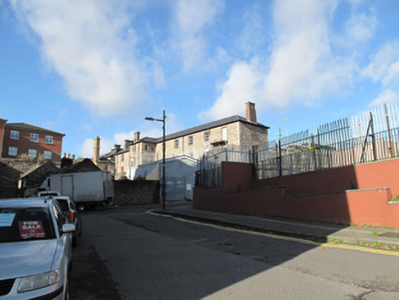Survey Data
Reg No
50070342
Rating
Regional
Categories of Special Interest
Architectural, Historical, Social
Previous Name
North Union Workhouse
Original Use
Workhouse
In Use As
Hostel (charitable)
Date
1875 - 1880
Coordinates
314918, 234885
Date Recorded
29/10/2012
Date Updated
--/--/--
Description
Detached irregular-plan multiple-bay three-storey former workhouse, built 1879, having full-height single-bay projections and three-bay three-storey extension with single-storey block to front (south) elevation, recent extensions to front and rear (north) elevations. Now in use as hostel. Hipped slate roof, red brick chimneystacks. Some cast-iron rainwater goods. Dressed calp limestone walls, block-and-start calp limestone quoins, stepped buttresses with block-and-start quoins. Brick patches to east and west elevations. Yellow brick and render walls to extensions to front. Square-headed window openings, red brick voussoirs and surrounds, concrete sills, replacement uPVC and aluminium windows, some having moulded render lintels. Stained glass window to ground floor to front, chapel to interior. Square-headed door openings to west elevations of extensions to front, yellow brick and render surrounds, half-glazed timber panelled doors.
Appraisal
The House of Industry, which stood here since 1773, was converted into a workhouse in 1841 and extended by George Wilkinson throughout the following decades. Workhouses such as this are often associated with the Great Famine and the decades of destitution which occurred on either side of it, and as such, this is of some significance as a physical reminder of a turbulent period of Irish social and political history. It is now run as a homeless men’s hostel by the Legion of Mary. Modest in form and design, by comparison to its neighbouring institutional buildings, this building is nonetheless equally significant, having instigated the development of the other institutions in the vicinity through the requirement of care for its inmates. It is constructed, like many of its neighbouring buildings, in calp limestone, which, combined with the regular arrangement of its fenestration, gives a sombre impression.

